If you conduct the right transfer business, you take one step forward. If you conduct the wrong business, you tend to take two steps back.
In an extract from the new book ‘Data Game: The story of Liverpool FC’s analytics revolution‘, Josh Williams explains the transfers, overseen by the now-returning Michael Edwards, that transformed the club in one extraordinary year.
The Premier League era is packed full of examples of clubs steadily evolving by instalments, before falling off a cliff having identified the wrong department of need to address in the transfer market.
As a consequence of Michael Edwards replacing Philippe Coutinho’s presence before he had actually left the club – through the acquisition of pacey forward Mohamed Salah – Liverpool were able to view the sale of their gifted Brazilian through a data lens and with a fresh pair of eyes. They raised £142m for his services, and those funds would be reinvested into Jürgen Klopp’s squad.
Edwards even managed to insert a unique clause into the terms of the deal with Barcelona, which would force the Catalan giants to pay a premium of £80m in addition to any agreed figure if they wanted to sign another Liverpool player before 2021.
After witnessing Coutinho and Luis Suárez both leave Anfield for the Camp Nou – and Javier Mascherano before them – Edwards was intent on stopping Barcelona from continuing to circle around the brightest stars on Merseyside.
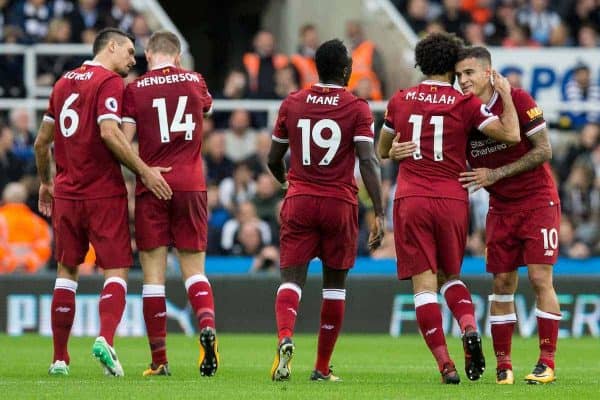
With over £100m in the bank, Liverpool had cash to throw at their goal difference. As supporters speculated about who would replace Coutinho, even though Salah had already done exactly that, Ian Graham analysed the main weaknesses of Klopp’s team.
‘Let’s say we’ve got a budget of £50m for transfers this season,’ Graham once suggested before explaining Liverpool’s methods. ‘What is the maximum improvement we could get with that transfer budget?’ That same question was applied to Coutinho’s sale. How could Liverpool best improve their goal difference using over £100m, regardless of who had been sold? The answer lay in their defence.
Klopp had prioritised offensive improvement throughout his time at Anfield. As an attacking coach, he needed threatening players to execute his principles, dedicating his early budgets to the likes of Salah, Georginio Wijnaldum, Sadio Mané and Alex Oxlade-Chamberlain.
Investing in defence

In defence, Liverpool were far less willing to splash the cash, acquiring players such as Joël Matip on a free transfer, Ragnar Klavan for around £4m and Loris Karius for close to £5m. Aside from Andy Robertson, who also cost as little as £8m, Liverpool’s defence was desperate for real investment.
When Coutinho left in the middle of the 2017/18 campaign, Liverpool had scored the second-most goals in England at the time, all while conceding more than five other teams, including Burnley. Their tendency to concede too often had to be addressed, so replacing Coutinho with yet another attacker simply didn’t make any sense, especially with Salah already in the building.
In the same mid-season window that the South American was sold, Liverpool bought Virgil van Dijk for a record-breaking fee. The Dutch centre-back cost £75m. He became the most expensive defender ever, and also became Liverpool’s most expensive transfer ever.
Edwards gambled by paying such an extortionate figure for a player contracted to Southampton, who were eighth in the Premier League table at the time, but Liverpool were almost certain of his effect on their goal difference.
Van Dijk offered effective qualities, although some of them drifted under the radar because of the stylistic nature of Southampton, much like Robertson’s case at Hull.
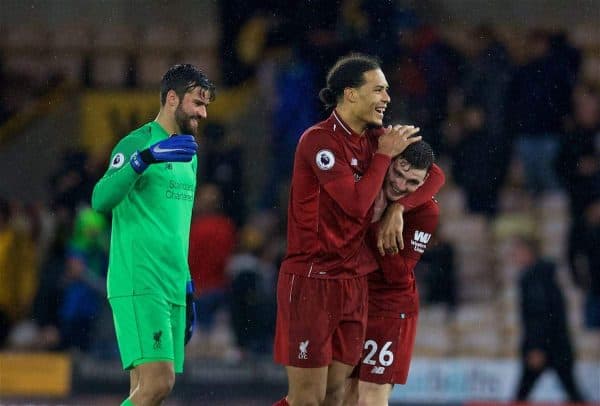
Standing around 6ft 4in tall, he was a colossus and, despite his size and imposing physique, he was quicker than the large majority of strikers. Bigger than everybody else. Faster than everybody else. Stronger than everybody else.
All of those subtle edges allowed him to dominate virtually all his opponents in difficult one-on-one situations. He was cool when in possession of the ball, and nothing ever seemed to fluster him. His general calmness allowed him to make optimal decisions when defending, rather than making calamitous errors like some of his predecessors at Anfield.
He was skilled at hitting long passes over defences, and his addition wouldn’t just help Liverpool’s fortunes against the ball, it would have an impact on several departments in both attack and defence.
Assessing centre-backs using numbers is known to be complicated. Data in the world of football primarily revolves around events, at least in public spaces. Tackles are recorded, clearances are recorded, interceptions are recorded, but it was Paolo Maldini who famously suggested that having to make a tackle means a mistake has already been made.
Xabi Alonso, who won the Champions League with Liverpool in 2005 and also formed part of historic teams at Real Madrid and Bayern Munich, agrees with the legendary Italian. In an interview with The Guardian in 2011, the Spaniard famously stated that he didn’t believe tackling was a quality. ‘It is a recurso, something you have to resort to, not a characteristic of your game,’ he said. ‘Tackling is a [last] resort, and you will need it, but it isn’t a quality to aspire to, a definition.’
From a numbers perspective, defenders could theoretically perform well against the ball but, as a result of their expert positioning and reading of the game, they could appear quiet and inactive in the data. When it comes to analysing the numbers posted by forward players, the more the better is a general rule of thumb, but the case is far more complex at the opposite end of the pitch.
Much of Van Dijk’s success when defending stemmed from his power over the decisions made by his opponents. He was able to dictate the choices made by opposition attackers, forcing players to become negative in possession, all without ever touching the ball.
Van Dijk famously made 50 appearances for Liverpool in the Premier League from March 2018 to August 2019 without being dribbled past. Any analysis undertaken to determine his level of contribution to a team had to consider far more than standard event data.
Set-piece prowess: the currency of goal difference
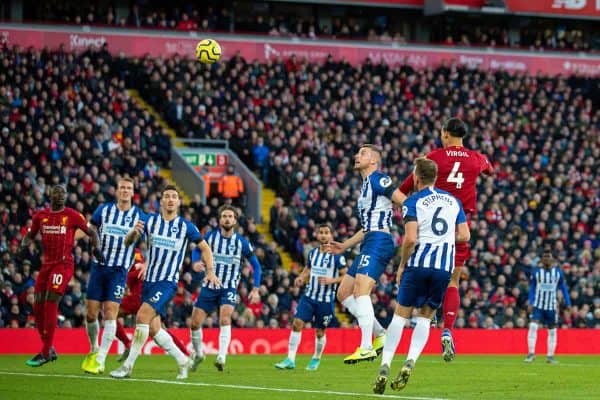
Van Dijk would make a valuable difference to Liverpool around set-pieces in particular. He was tall, assertive and one of the league’s best at contesting for aerial balls.
In the season that Liverpool signed him, he engaged in 119 aerial duels in the Premier League, losing just 23, which left him with a success rate of 80.7 per cent, placing him second in the division. The following season, he placed top by the same numbers. The season after that he placed second to Matip, his Liverpool team-mate, who played fewer minutes.
By the end of the 2021/22 campaign, Van Dijk had scored 11 goals in the Premier League for Liverpool, with every one originating from a dead-ball situation. When defending those same scenarios at the opposite end, he was equally as transformative.
In the full season before Van Dijk signed, Liverpool conceded 12 Premier League goals from set-pieces, while scoring 13 in attack, resulting in a mediocre goal difference from set-pieces of just +1. In the full season after he signed, 2018/19, Liverpool conceded just eight times while scoring 20 themselves, equating to a healthy goal difference of +12.
Van Dijk wasn’t solely responsible for the upturn but even when he didn’t touch the ball he played his part, acting as a decoy of sorts for Klopp’s coaching team to build routines around.
Liverpool could have almost justified much of his price tag based on his impact from set- pieces alone.
As a pillar of strength who rarely made a mistake, never gave away goals for free, contributed to attacking moves and bolstered the strength of Klopp’s team around set-pieces, Van Dijk transformed Liverpool from contenders to challengers. From good to great. From top four to top two.
In 2022, Van Dijk set a new Premier League record. He played his 60th top-flight match for Liverpool at Anfield without experiencing a single loss, recording 52 victories alongside eight draws, which bettered Lee Sharpe’s previous record of 59 home matches undefeated for Manchester United. There’s an argument to suggest that no signing throughout Klopp’s tenure had more of an impact on Liverpool’s goal difference than Van Dijk at his peak, although Salah would likely argue otherwise.
His prominence explained why Edwards was willing to sanction such an uncharacteristically large transfer fee to land his services. He was expensive, but he would provide a return on the club’s investment through the currency of goal difference.
Alisson’s arrival
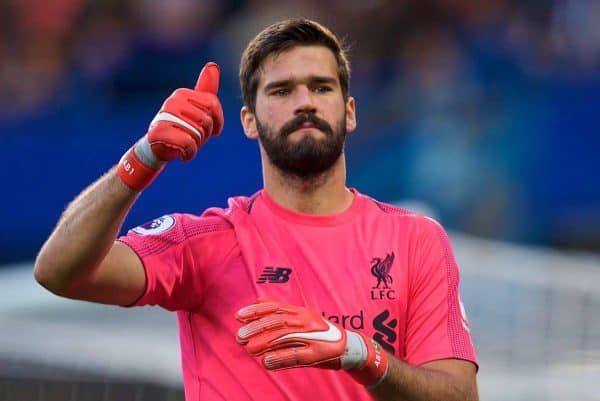
Six months after Van Dijk formed the backbone of Klopp’s defence, Liverpool broke yet another transfer record by making Alisson Becker the world’s most expensive goalkeeper.
Half of the budget from Coutinho’s sale still remained, allowing Edwards to further address Liverpool’s habit of conceding goals by upgrading their man between the sticks.
Alisson cost £65m to secure from AS Roma, which made him almost twice as expensive as Ederson, who held the previous record, having moved from Benfica to Manchester City for £35m just one year earlier.
Liverpool were making atypical moves in the transfer market, spending far more than ever before on individual players, but like Van Dijk, Alisson was deemed to be worthy of the outlay. He was labelled as a ‘transformational’ signing, and Coutinho’s departure was paying for his move.
Goalkeepers tend to be undervalued in the footballing world. A team could theoretically get everything right in terms of performance on the pitch, accumulating upwards of 20 shots while allowing their opponents to muster fewer than five, for example, yet all has the potential to be undone by a random moment of substandard goalkeeping.
The low-scoring nature of football can punish goalkeepers. An isolated mistake, a lapse in judgement or a poor attempt at making a save can decide a 90-minute clash in an instant. The influence that goalkeepers can have on performances is relatively limited, but their influence on results can be enormous.
The above is an extract from Josh Williams’ new book, the Data Game – the story of Liverpool FC’s analytics revolution. You can purchase your copy here.
You can also find more of Josh’s work, including a deep-dive series on replacing Klopp, at his Substack here.
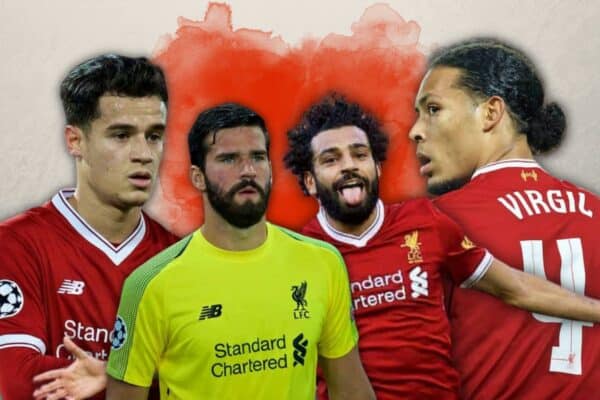

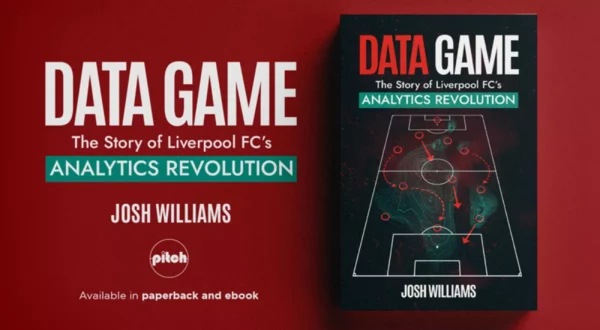


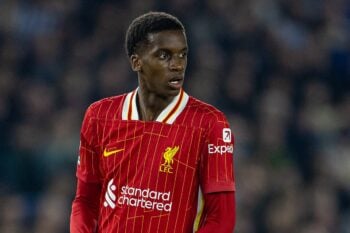


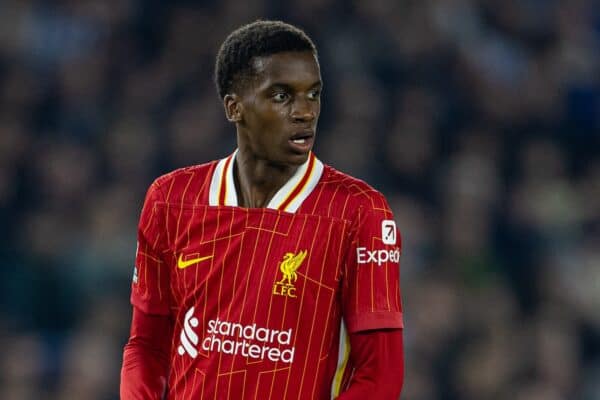
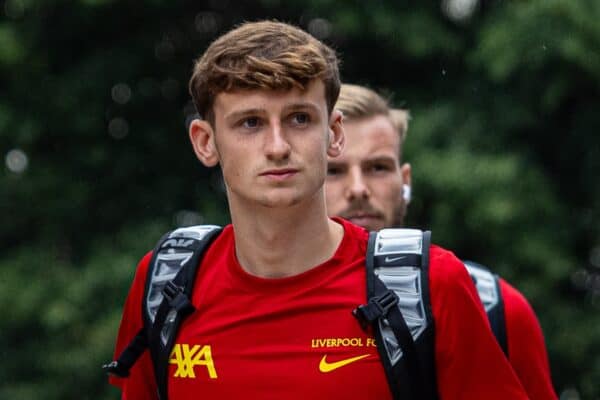


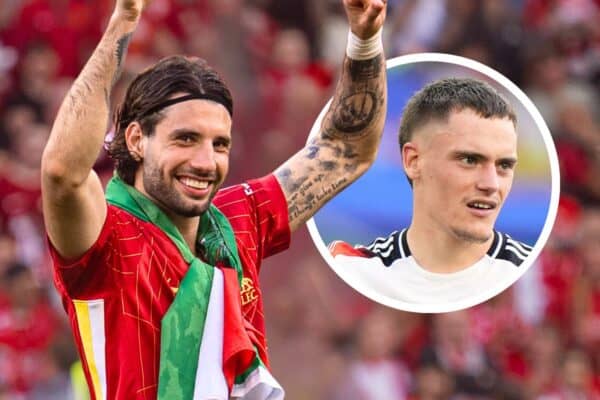
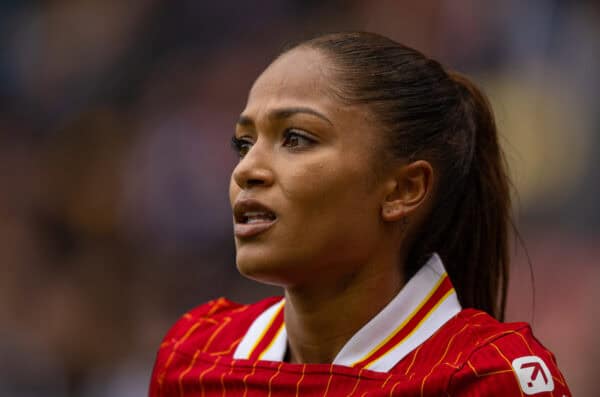
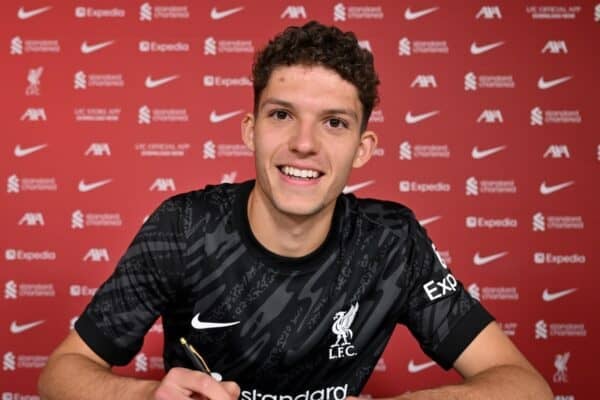

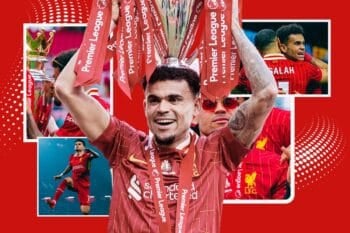
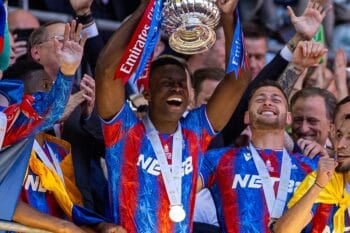
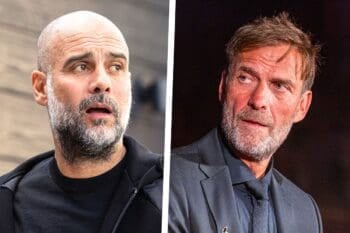
Fan Comments